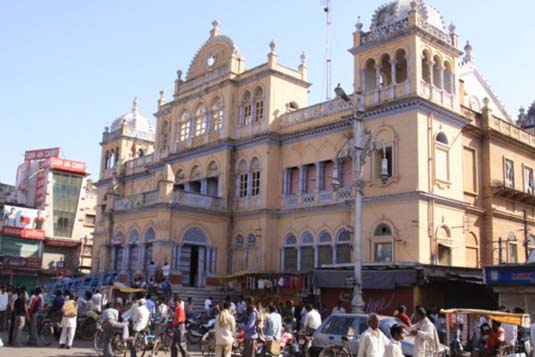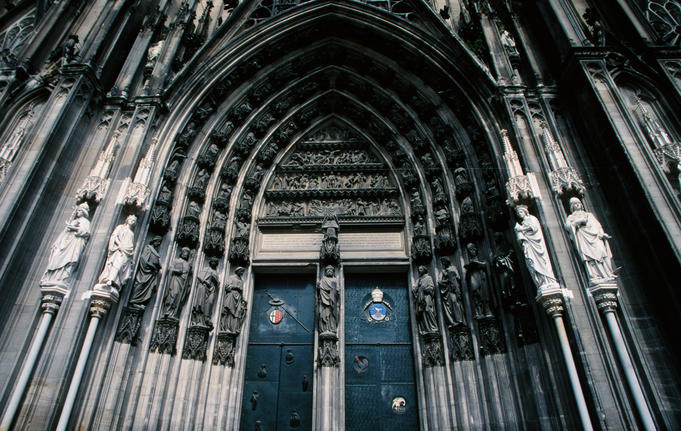Interestingly, the term "Gothic" used to describe this form of architecture is quite misleading as it implies that this genre of architectural design was heavily influenced by the Goths or Visigoth tribes. In actuality, those tribes were vanquished by the 6th century and thus their influence on architecture design is non-existent. It is by mere convention that the term "Gothic Architecture" is used to describe these distinctive designs.
The influence of Gothic architecture can be seen in castles, palaces, houses, universities and town halls. Its designs are prominent all over the world, especially in European countries. No matter where the designs are found, the powerful beauty is pronounced and distinctive, and it is an element of architectural design that is awesome and mysterious at the same time.
General Features:
* Pointed Arch
* Ribbed Vaulting
* Flying Buttress
* Intricate detail in carvings and paintings
* Emphasis on increased vertical stature and indoor light to create soaring and open spaces
* Paintings and ornamentation with aesthetically pleasing colors and details
* Exceptionally tall naves
* Expansive area of windows (aka rose windows), increasing light internally
* Large and embellished facades
* Decorative themes incorporating biblical stories
* Decorative window tracery
* Elaborate color and detail on exposed surfaces to emphasize extravagance
* Use of limestone an colored marble















